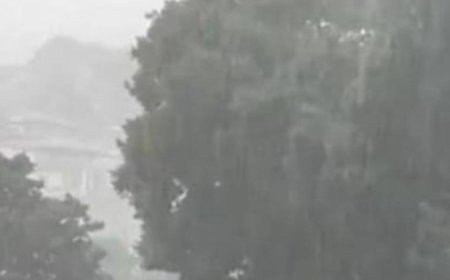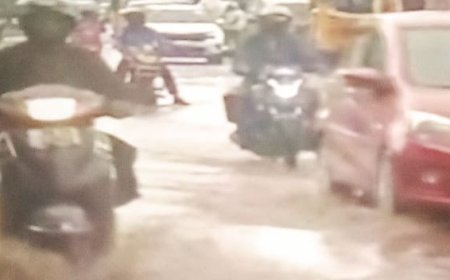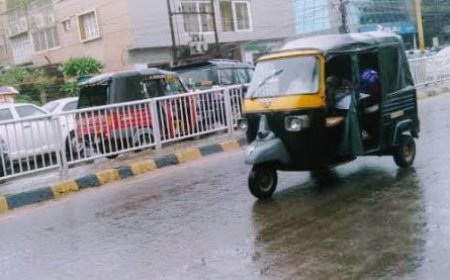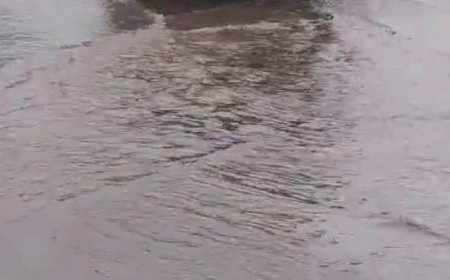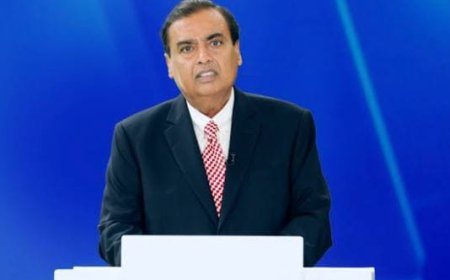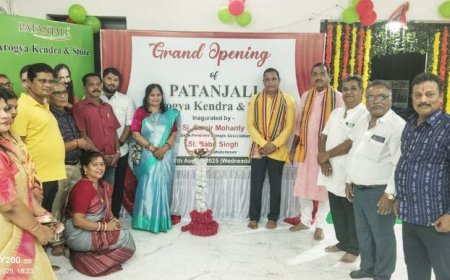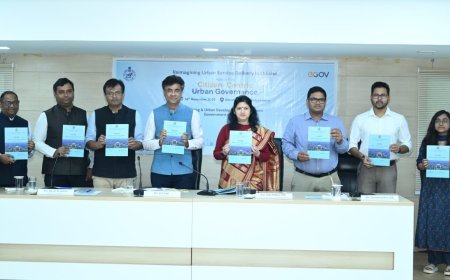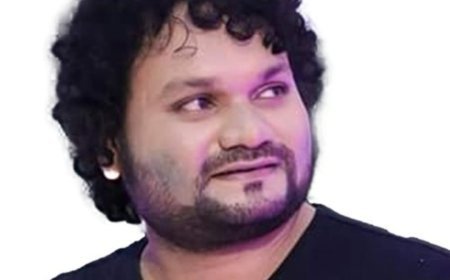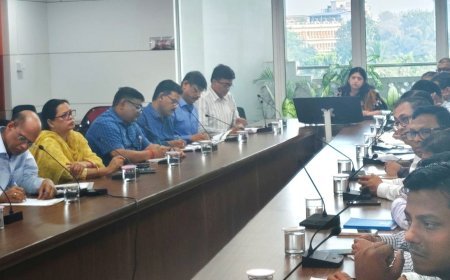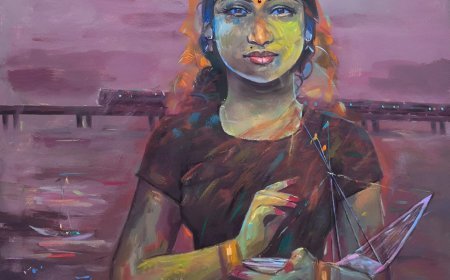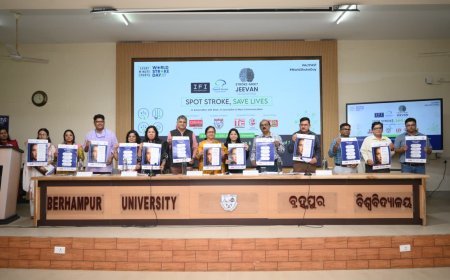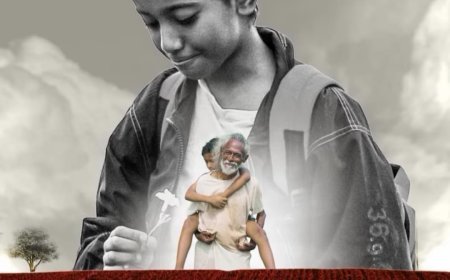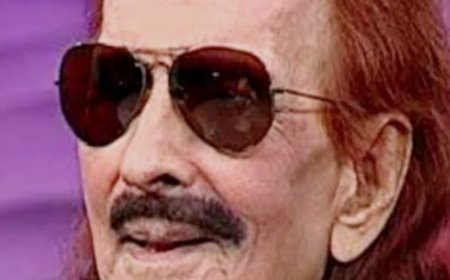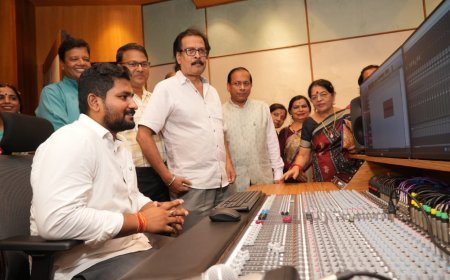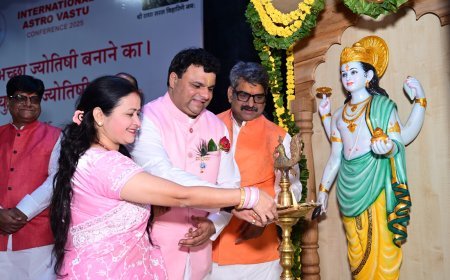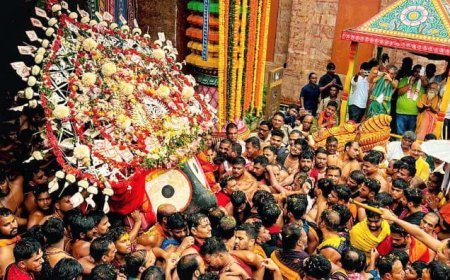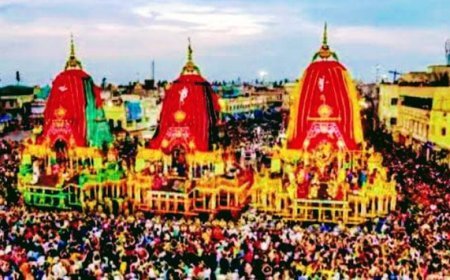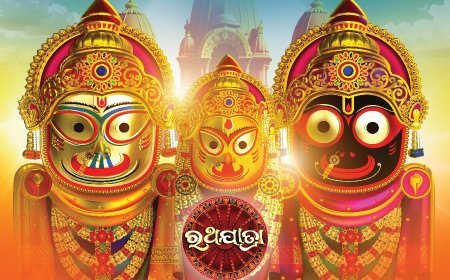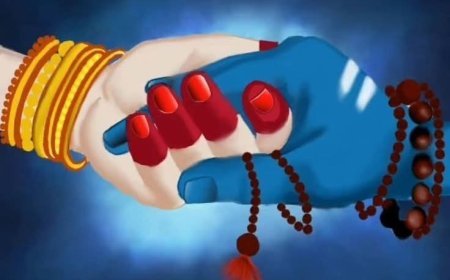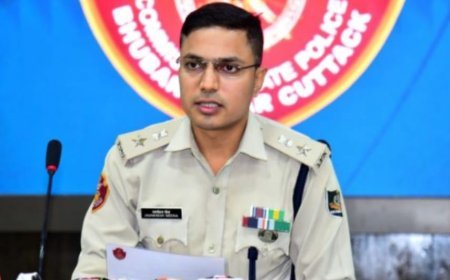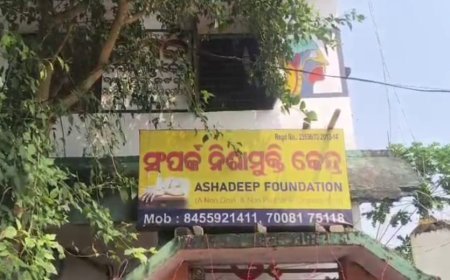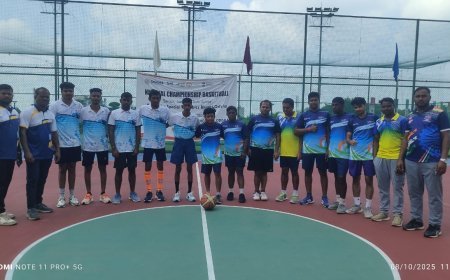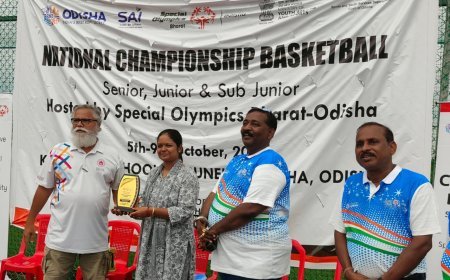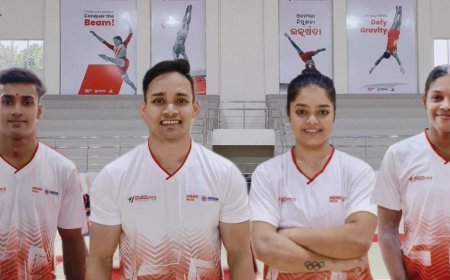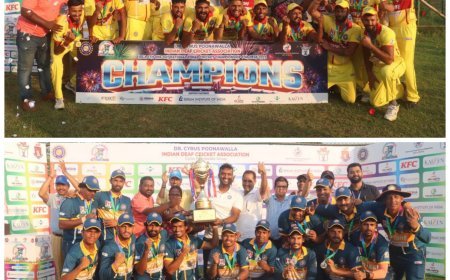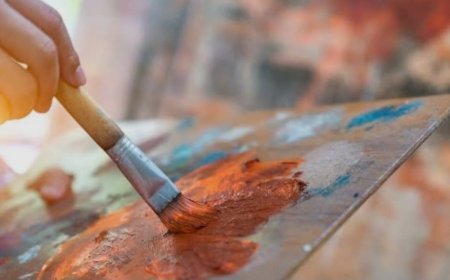Story 'Bisar Mohanty’s Contribution to Jagannath Culture’ launched
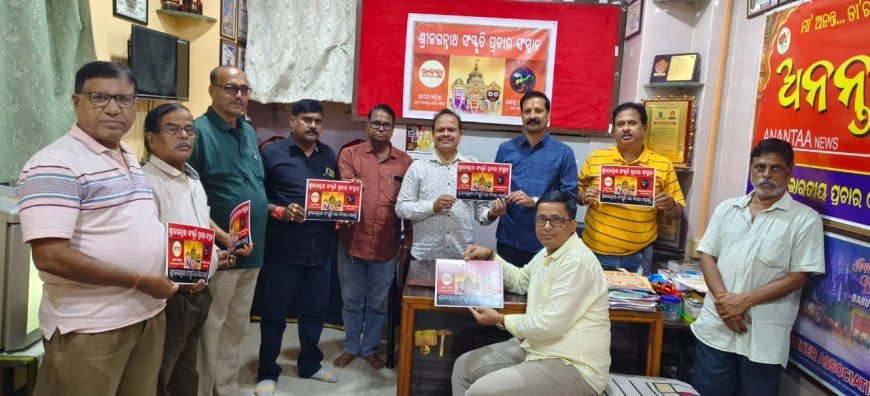
Bhubaneswar(By Abhishek Mohanty):
In a special event organized by the Sri Jagannath Sanskruti Prachar Sansthan, the story “Bisar Mohanty’s Contribution to Jagannath Culture” was launched on YouTube on Saturday.
The event was chaired by Dr. Narayan Mohapatra, with Secretary Uma Nath Mishra, and senior members Suresh Mishra, Trilochan Nayak, Bansidhar Nayak, Akshaya Sahoo, Akshaya Upadhyay, and Tanmaya Jena coordinating the program.
The story recounts a crucial episode from the time when Bengal Brahmin Kalachand, later known as the heretic Kalapahada, desecrated Jagannath’s idols. He tied the wooden deities to a cart and started marching toward Bengal. King Mukundadev, the Gajapati of Puri, was captured, and the Kalinga kingdom was left helpless before Kalapahada’s invading army.
Among the devotees of Lord Jagannath was Bisar Mohanty, a descendant of Bhakta Bandhu Mahanty of Jajpur. Disguised as a mridanga (drum) player, he secretly followed Kalapahada’s army. When Kalapahada reached the banks of the Hooghly River and tried to burn the sacred wood and Brahma Padartha (the divine element within the idol), his body was suddenly afflicted by unbearable burning pain. Terrified, he threw the Brahma Padartha into the river.
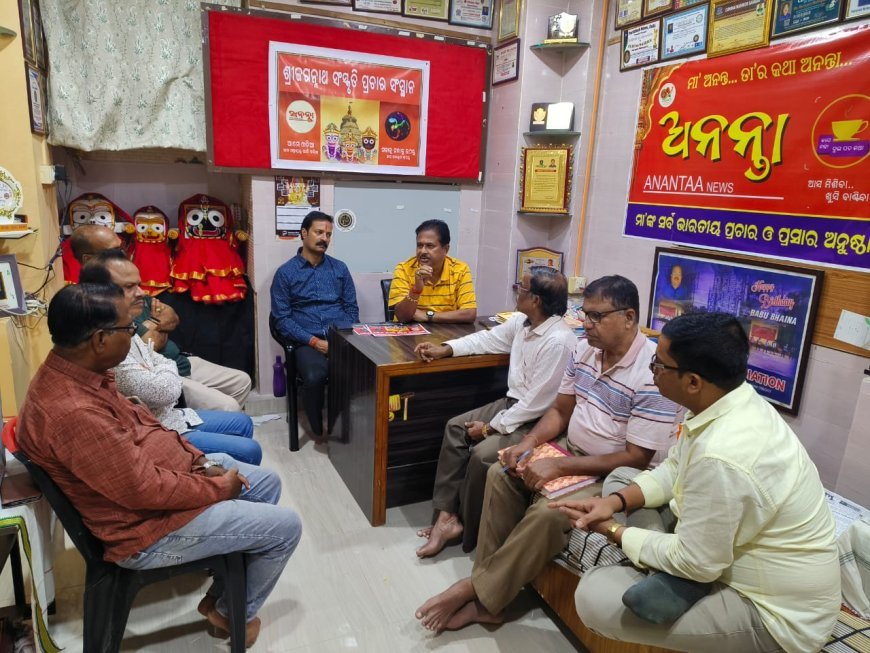
At that moment, Bisar Mohanty courageously retrieved the Brahma from the river and hid it inside his mridanga. To protect it from Kalapahada’s army, he avoided the main roads and traveled through dense forests toward Puri.
After a long and difficult journey, he reached Kakharuni near Pattamundai, where today stands the Jagannath Temple marking the Brahma’s resting place. Later, in Barihadia (now known by that name due to linguistic changes), Bisar Mohanty met a sage seated calmly beside a tiger. Astonished by the divine sight, he realized it was the great saint Mahapurush Krishna Kalpataru. Bisar Mohanty handed over the mridanga containing the Brahma to the saint.
From that incident, the place came to be called “Brahmadia” (meaning “where the Brahma was given”), which later became Barihadia.
With the saint accompanying him, Bisar Mohanty continued the journey through Bagoi (Gadibrahma Math), Brahmakhetra Udayabata Dham, Chattua Bedi Math, and Iribina, where a miraculous pond and bamboo grove appeared.
Finally, at Kunjakothi (then known as Kunjakutira), the sacred Brahma was secretly installed and worshipped. Later, the King of Kujang received divine instructions in a dream to bring the Brahma from Kunjakothi to his fortress at Gadkujang, where he began worshipping it as Lord Kunjabihari. From that time onward, Gadkujang became known as Subhadra Kshetra.
In the east, Lord Hanuman was stationed as a protector against sea storms. After nearly eight years, Lord Jagannath (known as Hatiya Thakur during this time) expressed the divine will to return to Puri. The Gajapati King, following divine direction, brought the Brahma back to Shreekhetra (Puri), where Lord Jagannath was reinstalled in the main temple.
According to the Madala Panji (temple chronicle), in 1577 AD, Gajapati Rama Chandra Deva I, with the assistance of Kujang King Ananta Narendra Samanta and Bisar Mohanty, retrieved the hidden Brahma and reinstalled Lord Jagannath in the temple. He also reinstated all temple rituals, offerings, and traditions. For this, King Rama Chandra Deva is remembered as the second Indradyumna of ancient Odisha.
On this occasion, Sri Jagannath Sanskruti Prachar Sansthan urged the Shri Jagannath Temple Administration and the State Government to take steps to install a statue of Bisar Mohanty in honour of his unparalleled devotion and service.
